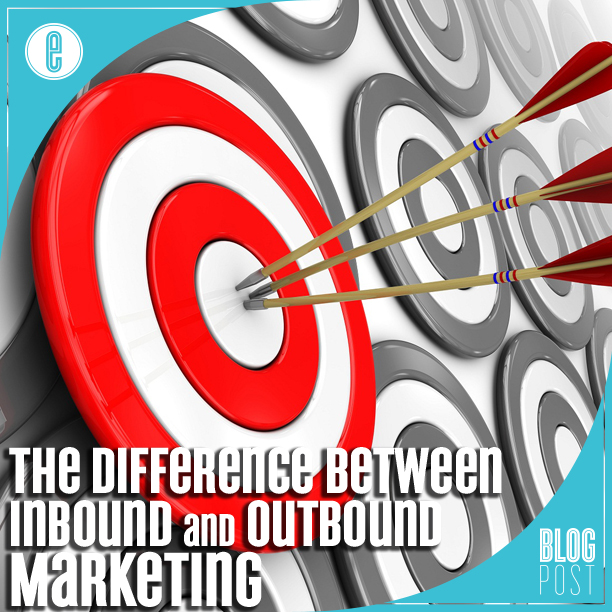Do you need both?
Inbound and outbound marketing are two different concepts that can create a powerful combination. Outbound marketing is often associated with the methodology of “interrupting” content with an advertisement or “interrupting” a person’s schedule with cold calling, email, or other forms of communication to raise brand awareness. Inbound marketing, which utilizes SEO/keyword strategy, blogging, and social media, stays away from hard selling while engaging consumers with informative content. Together, inbound and outbound marketing can develop a brand and generate a huge return on investment.
Pros and Cons
Inbound and outbound marketing each have their share of strengths and weaknesses. While neither type of marketing is absolutely guaranteed to succeed, both principles are keys to business success. The strength of outbound marketing is that it usually reaches a much broader base than a lone website could. The established methodology deals with mass marketing, whether through traditional media, telemarketing, direct mail, flyers, or email campaigns. The purpose of reaching a high volume of prospects is to generate immediate sales, even if the response rate is fractional.

The downside of outbound marketing is that it’s an investment risk in time and money that may not lead to sales. The effectiveness of such campaigns relies on either mass printing, mass telemarketing, or heavy broadcast repetition and luck that the right message is being delivered to the right audience.
The strength of inbound marketing is that it reaches a very defined target market– usually through search engines. Ideally, the psychological personas of typical buyers are used to create the initial inbound strategy, assuring that leads are “qualified” from the very start. At the core of this process are keywords that connect web content with search engines and users. If the brand commands a defined niche in demand through rich content, search engines can drive traffic to the site, consequently directing users to social networks and blogs too. Marketers can gain an edge in trust with consumers through social media interactivity and sharing more product information than traditional marketing could ever deliver. The downside of inbound marketing is that it usually relies on comprehensive online content that take months to develop.

Effective Strategies
In order for inbound and outbound marketing to be maximized, marketers must devote significant budgets and time to crafting marketing strategies. If the budget is a concern, it is actually possible for a small business to thrive just using inbound marketing techniques such as content development, SEO, blogging and social networking. Realistically, the types of online businesses that don’t require outbound marketing already serve a targeted market that demands specific products. The key strategy for this type of business is spending plenty of time developing an online community and serving them with unique and valuable information that corresponds with their need.

A company with a deeper budget that can afford to mix inbound and outbound marketing will likely become more familiar to a market than brands that have limited media presence. For well-known companies, outbound marketing can double as “reminder marketing.” Such initiatives can be run by professionals who understand media advertising, direct sales, or appointment setting, and capture the imagination of the target audience.
Whoever handles the inbound marketing needs to be intimately familiar with product knowledge and the brand’s mission. Inbound marketing involves a much closer connection with customers, essentially “humanizing” the brand, so it cannot be taken lightly and cannot be handled in a way that appears to be sales-oriented. Even though the ultimate goal is return on investment, the key to an effective inbound marketing strategy is to interact with an online community and then move interested individuals through a sales funnel. A healthy mix of inbound and outbound marketing will likely give any business an edge over competitors who limit themselves to one or the other.
-FINAL(01-00)-White&Blue-01.svg)





